http://sightron.com/index.php?action...did=1201831270http://www.bushnell.com/rainguard/www.youtube.com/user/jetspeed81] for review on mounts). Even with the lowest profile mount ( AD-RECON) there was still about 2.5mm of space between the rail and 60mm objective. I personally like to have my scope as low as possible to the barrel for best cheek weld position.
SIII has true high profile target turrets while the Elite, has low profile target turrets. The adjustments on SIII turrets are very crisp and really audible in my opinion. Being it is 1/8th adjustment it is very fine, however not overly sensitive. They are easy to grasp due to the knurled ends and adjusting them with a glove is a breeze. I personally like the design of the turrets better on the SIII compared to the Elite but it is all subjective. The gold markings are all engraved which is appealing and clear to see. There are gold engraved hash marks for easy return to zero in both directions which is convenient. There is 10 minutes of adjustment per revolution so it is easy to keep track. One gripe I have is the direction indicator markings are on top of the turrets so you have to take your eye off the target to see them or just remember which direction to adjust. I use the right-hand-rule for adjustments if I forget which direction to adjust, however not all scopes follow the right-hand-rule method for adjustments, so check the markings on the turrets first. The Elite has slim short turrets with knurled ends which have very fine tight grooves, it makes them a pleasure to adjust with gloves. The Elite clicks are less audible and crisp than SIII without a doubt, there is no slop, however there is a slight play which is due to the design of pop up adjustable turrets. It is really a tradeoff between being able to zero quickly without any tools and having slightly less than perfect clicks. The Elite markings on the turrets are dark gold paint, not engraved like SIII which reduces cost but takes away from the overall theme and quality since the magnification markings are engraved and painted light gold. Just like SIII direction markings are on top of the turrets. The horizontal markings are painted white and only have hash mark indicators in one direction which is similar to tactical turrets. One could argue this scope is borderline a tactical scope and I believe that is the direction Bushnell was going in offering this versatile scope. There is 12 minutes of adjustment per revolution and True Mil-Dot can be achieved at 10X magnification which is colored red instead of light gold engraved markings on the magnifier ring, which makes it easy to find. Adjusting the magnification on SIII and Elite are easy since they both have raised ridges which are easy to grasp with bare hands or gloves. The advantage SIII has over the Elite is the ability to go up to 50x while the Elite has the ability go to down to 4.5x. One of the main differences between the turrets on these two is the Elite has finger resettable turrets so you can easily pop them up, zero them and forget about it, While the SIII requires a tool to reset, but as I discussed above this also causes slight play on the Elite turrets. The parallax knobs on both scopes are very firm and take a good grip to adjust, the upside is they will never move on their own. SIII has a infinity mark at one end while the rest are just basic engraved gold hash marks. The Elite has the same light gold engraved marking as magnifier ring and starts off with a 25 yard hash mark all the way to infinity, with hash marks in between with numerical yardage values which is a big plus.
The optical quality on both scopes is outstanding. SIII is comparable to Nightforce in my opinion and even when you have both scopes side to side it is very hard to see any difference. These non scientific tests were all conducted without sunshade on the Elite. The Elite at highest magnification (30x) compared to SIII at the same magnification is slightly darker in a low light conditions. Early morning there was little difference in contrast when sun was out. Keeping in mind the 60mm objective of SIII is key to gathering more light. Late afternoon when the sun was facing the objective there was a slight white-out affect on both scopes, but more apparent on the Elite. I put the sunshade on for this test and the white-out affect was reduced significantly however the image was also slightly darker in contrast so there is a tradeoff. Resolution on SIII was clear from center to edge but the Elite slightly lost sharpness around the very edge, thought not enough to notice unless you are specifically looking for it. The side parallax focus on both scopes helped quite a bit especially on SIII when getting into the higher magnification ranges. Depending on light conditions and mirage, higher magnification will vary in clarity and usefulness. The particular time of day when I was testing the maximum magnification had great light conditions and no mirage what so ever. SIII at the highest magnification, with some parallax adjustment, I could easily see .223/5.56 bullet holes at 100 yards. Out to ~300 yards I was still able to make out the bullet holes at 50x, but as temperatures got warmer as the day went on the mirage was noticeable and there was some image degradation as expected. Tracking on the SIII is unbelievable and I was amazed how well it performed. It returned to zero every time without a hitch. No matter what kind of abuse I threw at it the performance was flawless. Elite from 4.5x-30x is very versatile and usable at all magnifications. Elite passed the box test easily and was repeatable. It also handled all the abuse I threw at it and was predictable. At the lowest magnification this scope really shines and it really performs well. Without any mirage and some adjustment at 30x to get a perfect picture I was able to make out bullet holes at 200 yards easily. At 30x Elite exhibited some of the same problems I saw at 50x with SIII, so surprisingly, it just goes to show at maximum magnification of any scope there is always room for some improvement.
SIII has true high profile target turrets while the Elite, has low profile target turrets. The adjustments on SIII turrets are very crisp and really audible in my opinion. Being it is 1/8th adjustment it is very fine, however not overly sensitive. They are easy to grasp due to the knurled ends and adjusting them with a glove is a breeze. I personally like the design of the turrets better on the SIII compared to the Elite but it is all subjective. The gold markings are all engraved which is appealing and clear to see. There are gold engraved hash marks for easy return to zero in both directions which is convenient. There is 10 minutes of adjustment per revolution so it is easy to keep track. One gripe I have is the direction indicator markings are on top of the turrets so you have to take your eye off the target to see them or just remember which direction to adjust. I use the right-hand-rule for adjustments if I forget which direction to adjust, however not all scopes follow the right-hand-rule method for adjustments, so check the markings on the turrets first. The Elite has slim short turrets with knurled ends which have very fine tight grooves, it makes them a pleasure to adjust with gloves. The Elite clicks are less audible and crisp than SIII without a doubt, there is no slop, however there is a slight play which is due to the design of pop up adjustable turrets. It is really a tradeoff between being able to zero quickly without any tools and having slightly less than perfect clicks. The Elite markings on the turrets are dark gold paint, not engraved like SIII which reduces cost but takes away from the overall theme and quality since the magnification markings are engraved and painted light gold. Just like SIII direction markings are on top of the turrets. The horizontal markings are painted white and only have hash mark indicators in one direction which is similar to tactical turrets. One could argue this scope is borderline a tactical scope and I believe that is the direction Bushnell was going in offering this versatile scope. There is 12 minutes of adjustment per revolution and True Mil-Dot can be achieved at 10X magnification which is colored red instead of light gold engraved markings on the magnifier ring, which makes it easy to find. Adjusting the magnification on SIII and Elite are easy since they both have raised ridges which are easy to grasp with bare hands or gloves. The advantage SIII has over the Elite is the ability to go up to 50x while the Elite has the ability go to down to 4.5x. One of the main differences between the turrets on these two is the Elite has finger resettable turrets so you can easily pop them up, zero them and forget about it, While the SIII requires a tool to reset, but as I discussed above this also causes slight play on the Elite turrets. The parallax knobs on both scopes are very firm and take a good grip to adjust, the upside is they will never move on their own. SIII has a infinity mark at one end while the rest are just basic engraved gold hash marks. The Elite has the same light gold engraved marking as magnifier ring and starts off with a 25 yard hash mark all the way to infinity, with hash marks in between with numerical yardage values which is a big plus.
The optical quality on both scopes is outstanding. SIII is comparable to Nightforce in my opinion and even when you have both scopes side to side it is very hard to see any difference. These non scientific tests were all conducted without sunshade on the Elite. The Elite at highest magnification (30x) compared to SIII at the same magnification is slightly darker in a low light conditions. Early morning there was little difference in contrast when sun was out. Keeping in mind the 60mm objective of SIII is key to gathering more light. Late afternoon when the sun was facing the objective there was a slight white-out affect on both scopes, but more apparent on the Elite. I put the sunshade on for this test and the white-out affect was reduced significantly however the image was also slightly darker in contrast so there is a tradeoff. Resolution on SIII was clear from center to edge but the Elite slightly lost sharpness around the very edge, thought not enough to notice unless you are specifically looking for it. The side parallax focus on both scopes helped quite a bit especially on SIII when getting into the higher magnification ranges. Depending on light conditions and mirage, higher magnification will vary in clarity and usefulness. The particular time of day when I was testing the maximum magnification had great light conditions and no mirage what so ever. SIII at the highest magnification, with some parallax adjustment, I could easily see .223/5.56 bullet holes at 100 yards. Out to ~300 yards I was still able to make out the bullet holes at 50x, but as temperatures got warmer as the day went on the mirage was noticeable and there was some image degradation as expected. Tracking on the SIII is unbelievable and I was amazed how well it performed. It returned to zero every time without a hitch. No matter what kind of abuse I threw at it the performance was flawless. Elite from 4.5x-30x is very versatile and usable at all magnifications. Elite passed the box test easily and was repeatable. It also handled all the abuse I threw at it and was predictable. At the lowest magnification this scope really shines and it really performs well. Without any mirage and some adjustment at 30x to get a perfect picture I was able to make out bullet holes at 200 yards easily. At 30x Elite exhibited some of the same problems I saw at 50x with SIII, so surprisingly, it just goes to show at maximum magnification of any scope there is always room for some improvement.






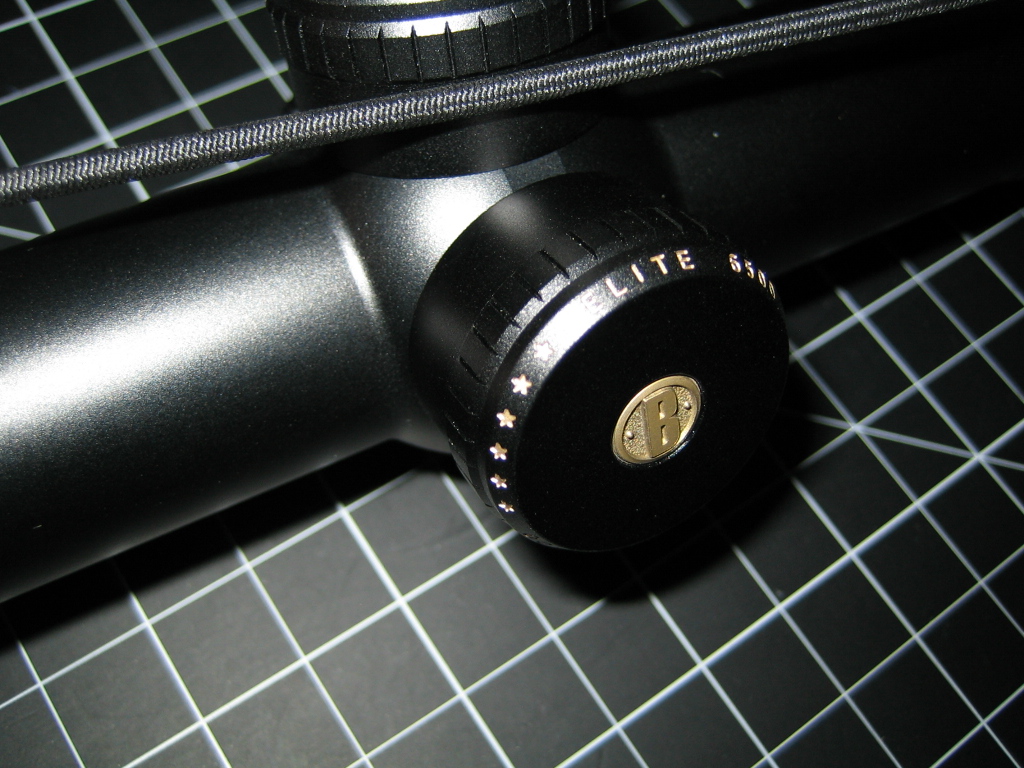


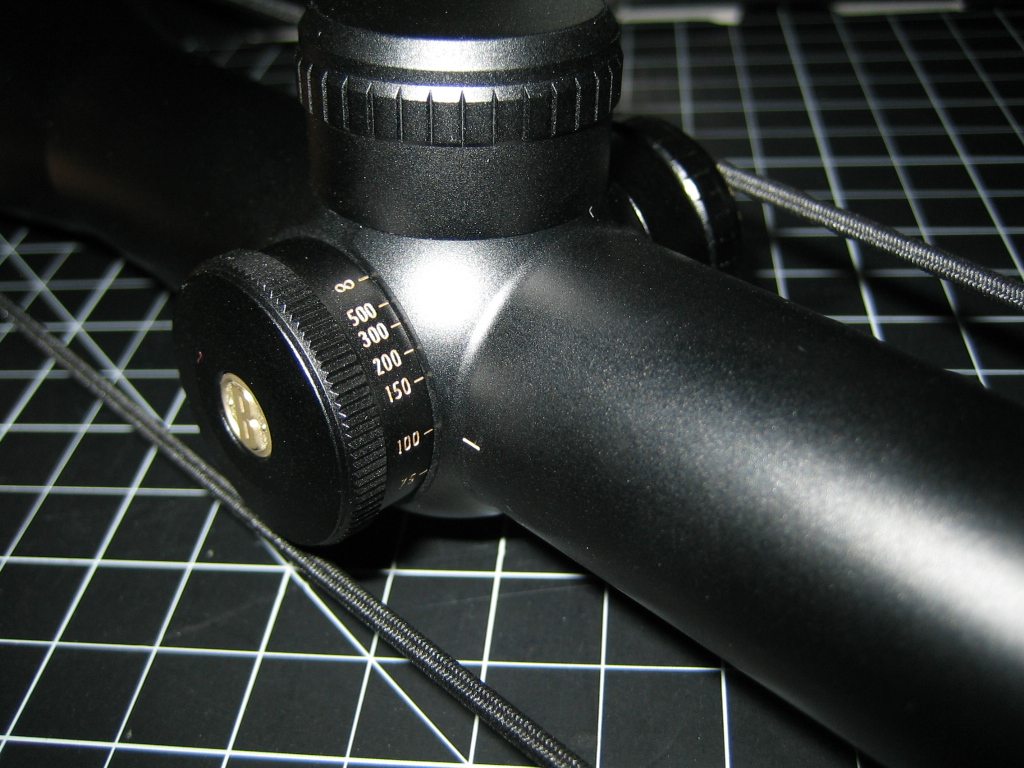
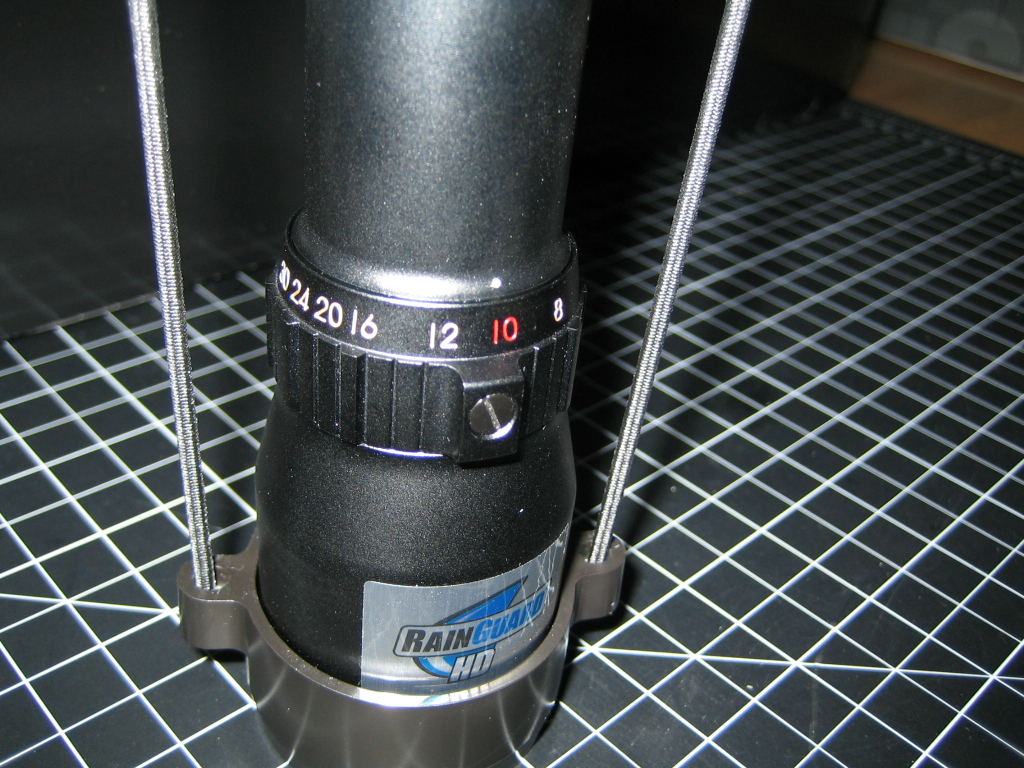


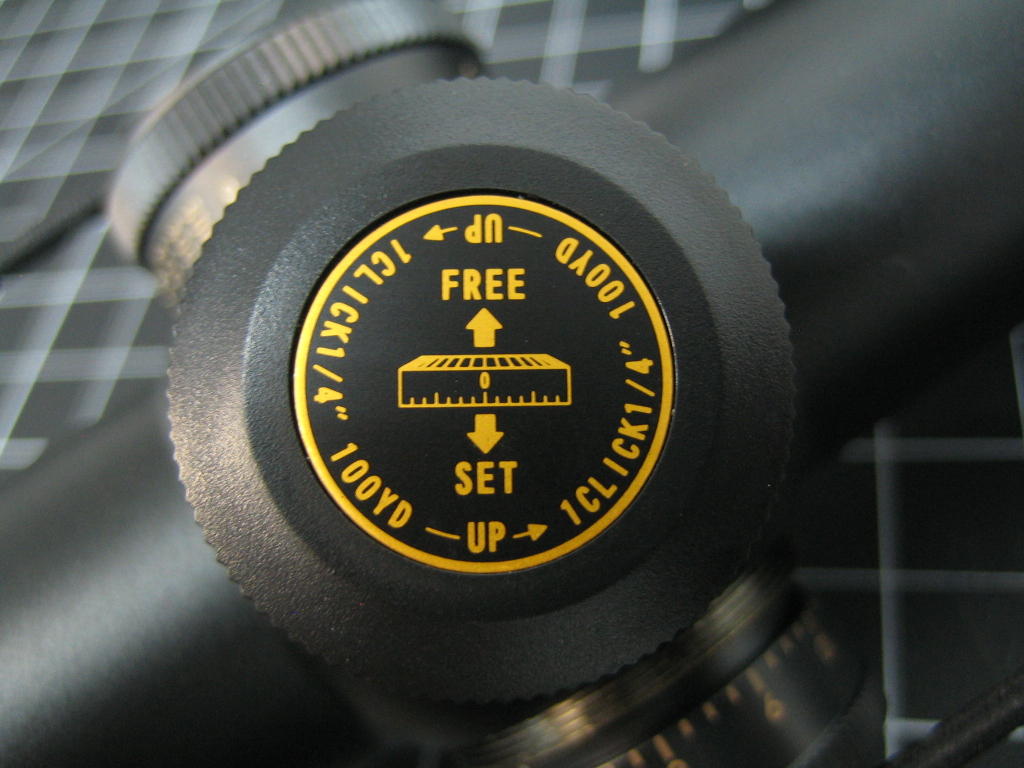
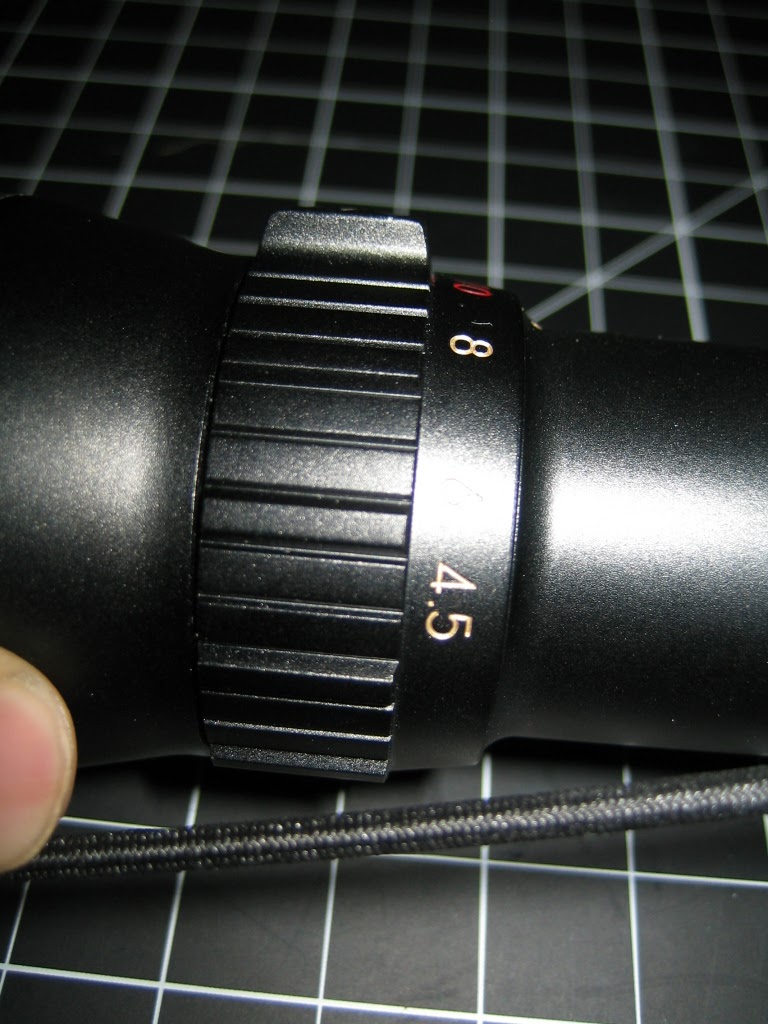

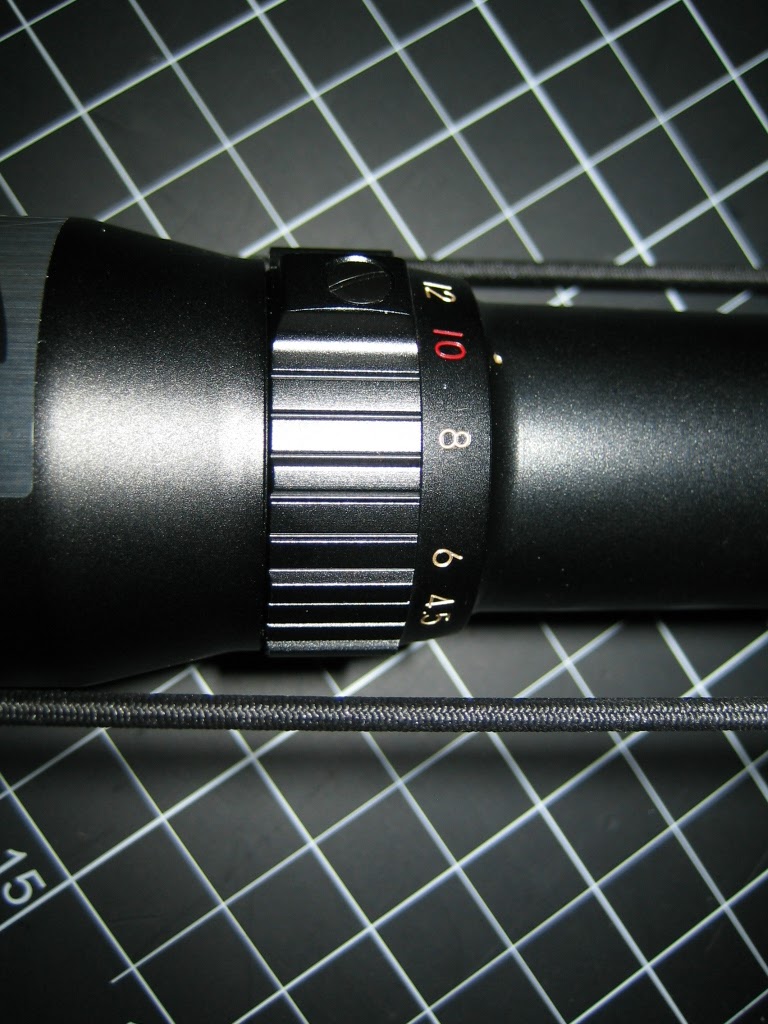




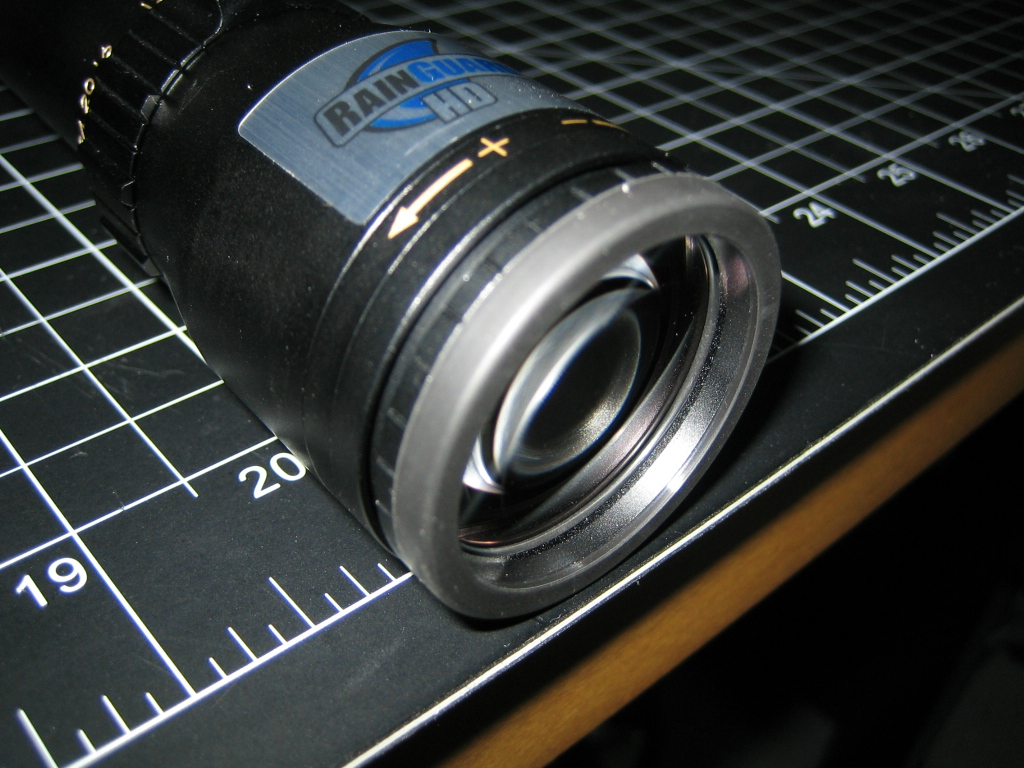












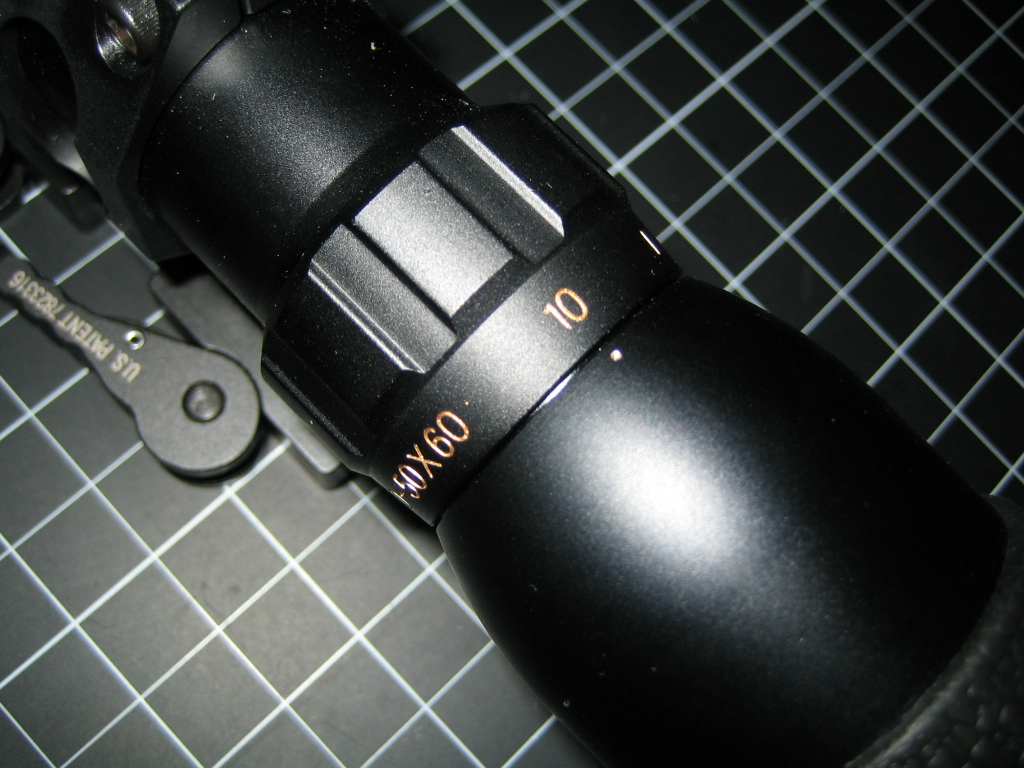



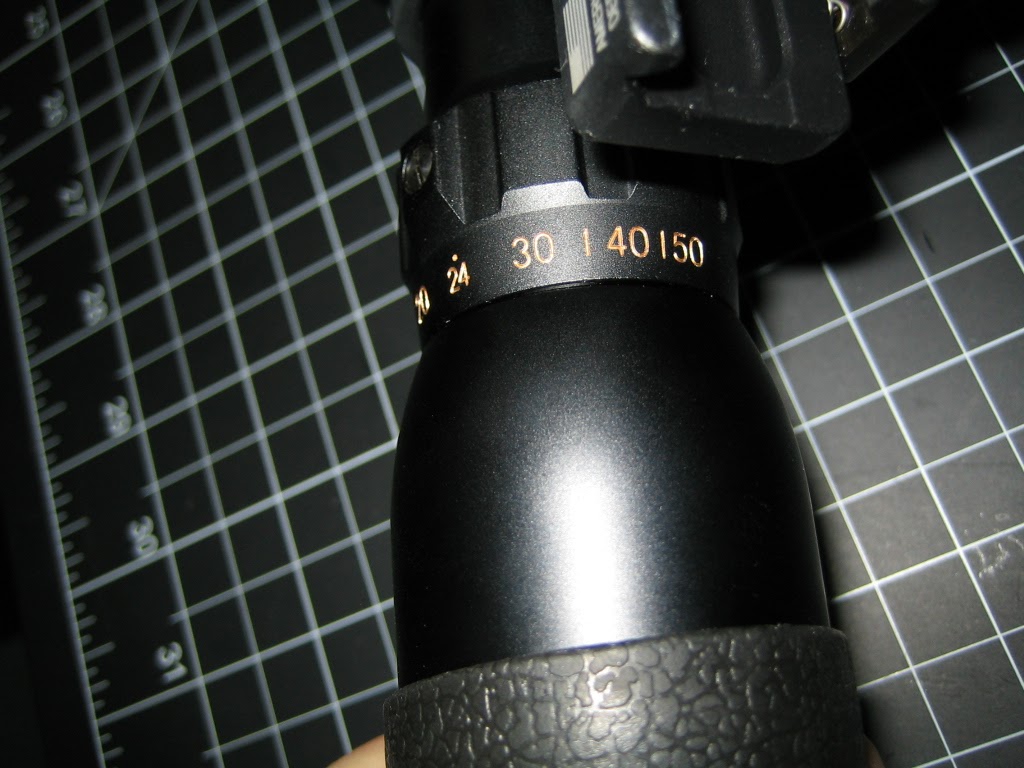







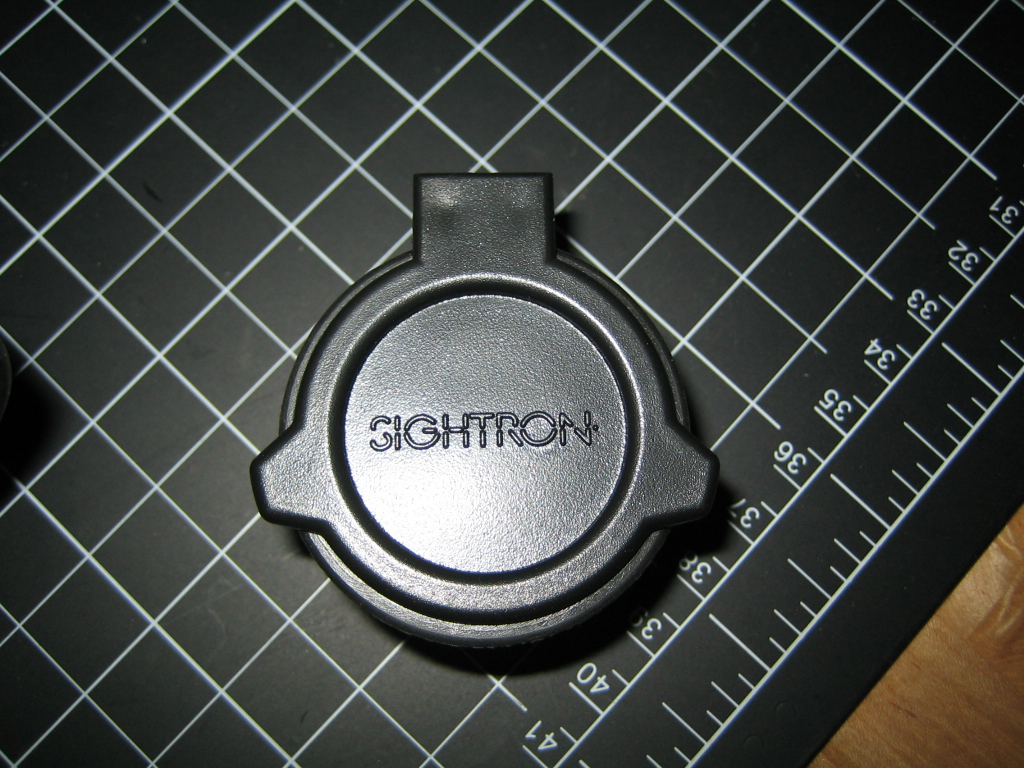

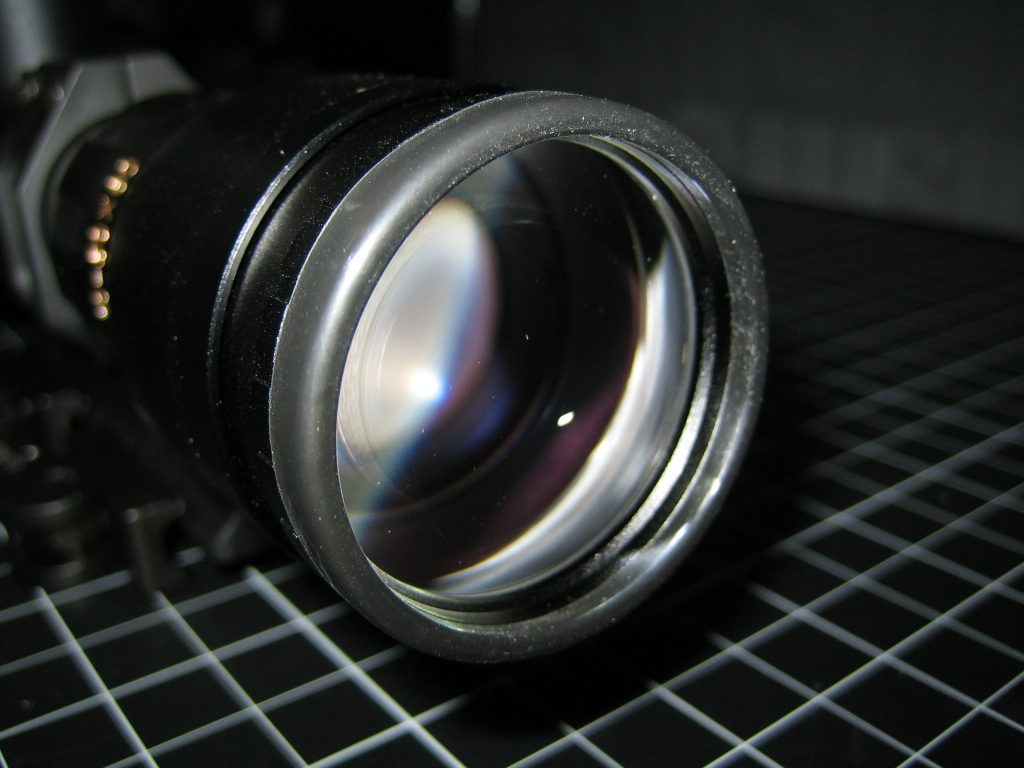

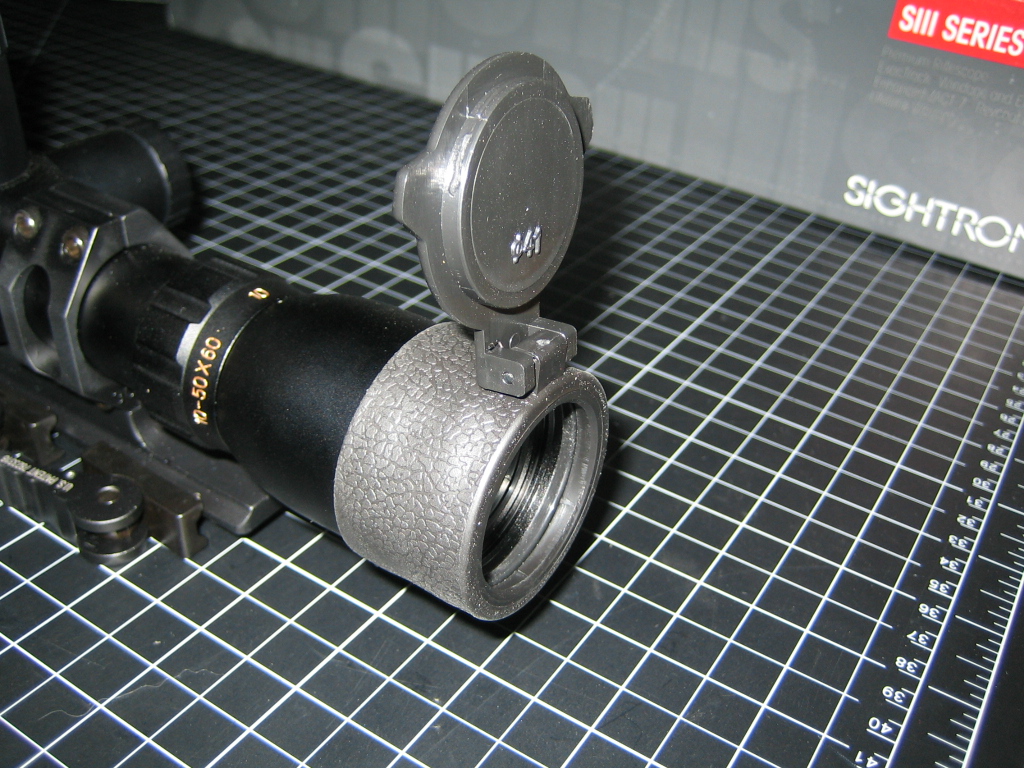

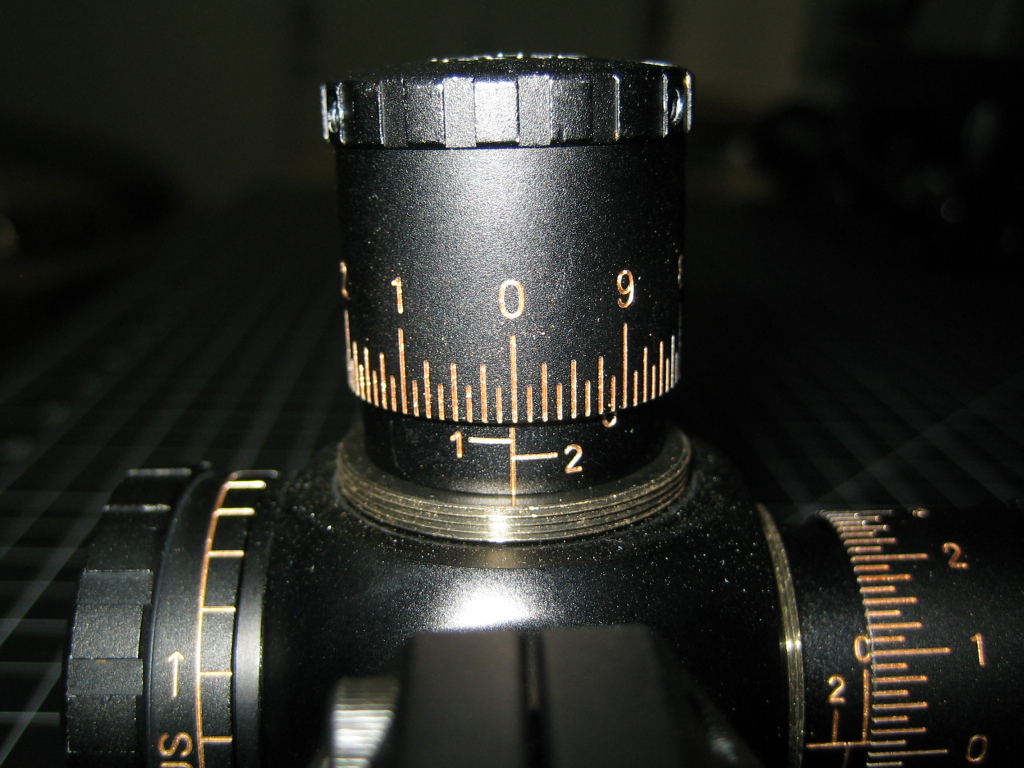
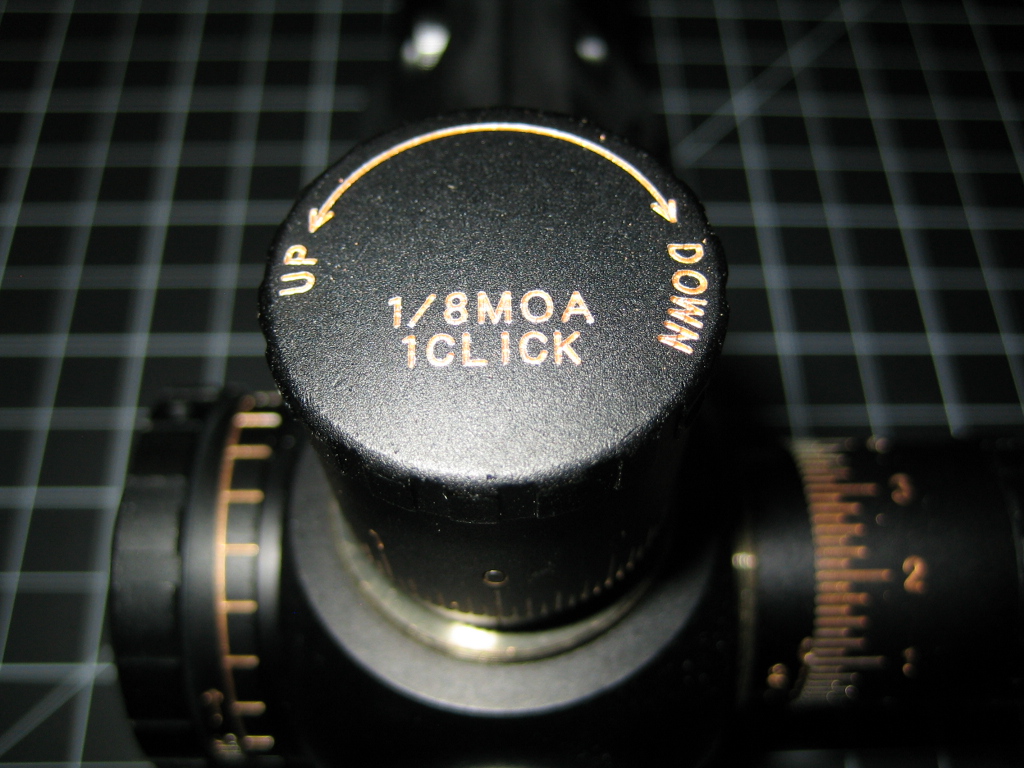



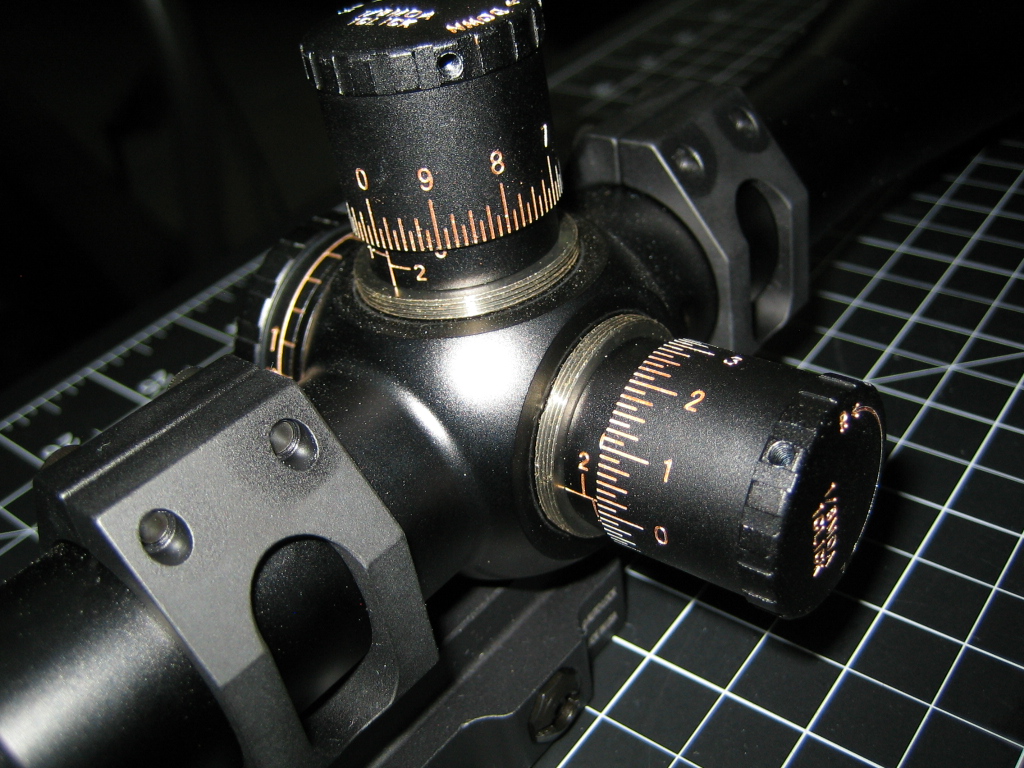


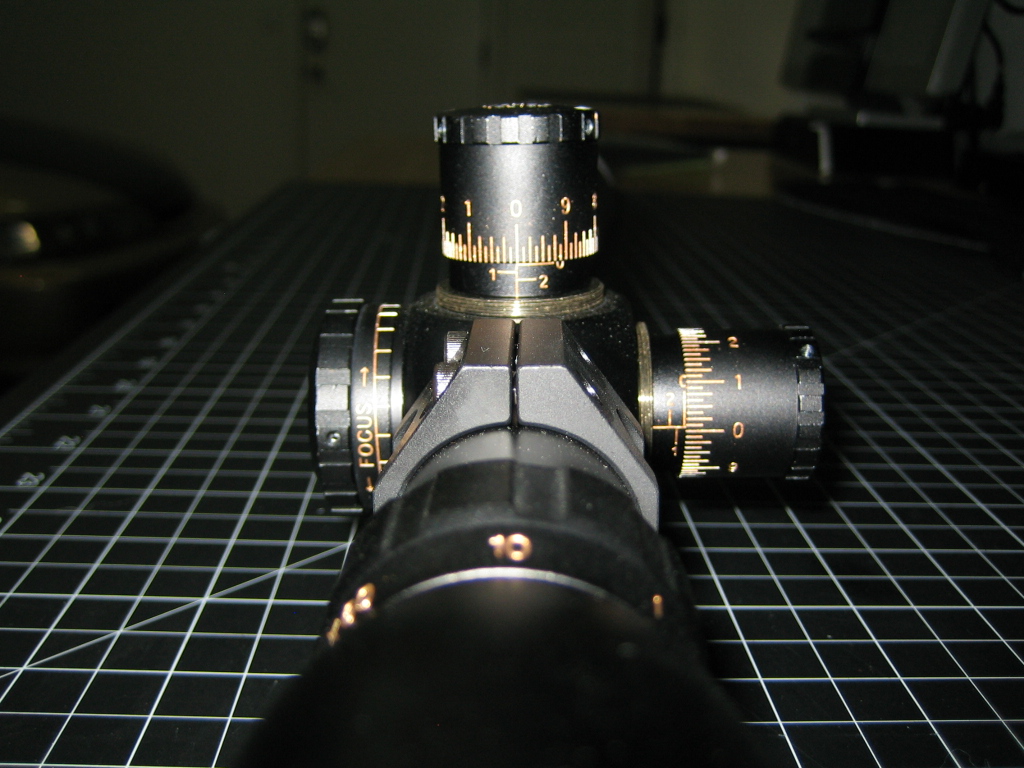

Comment